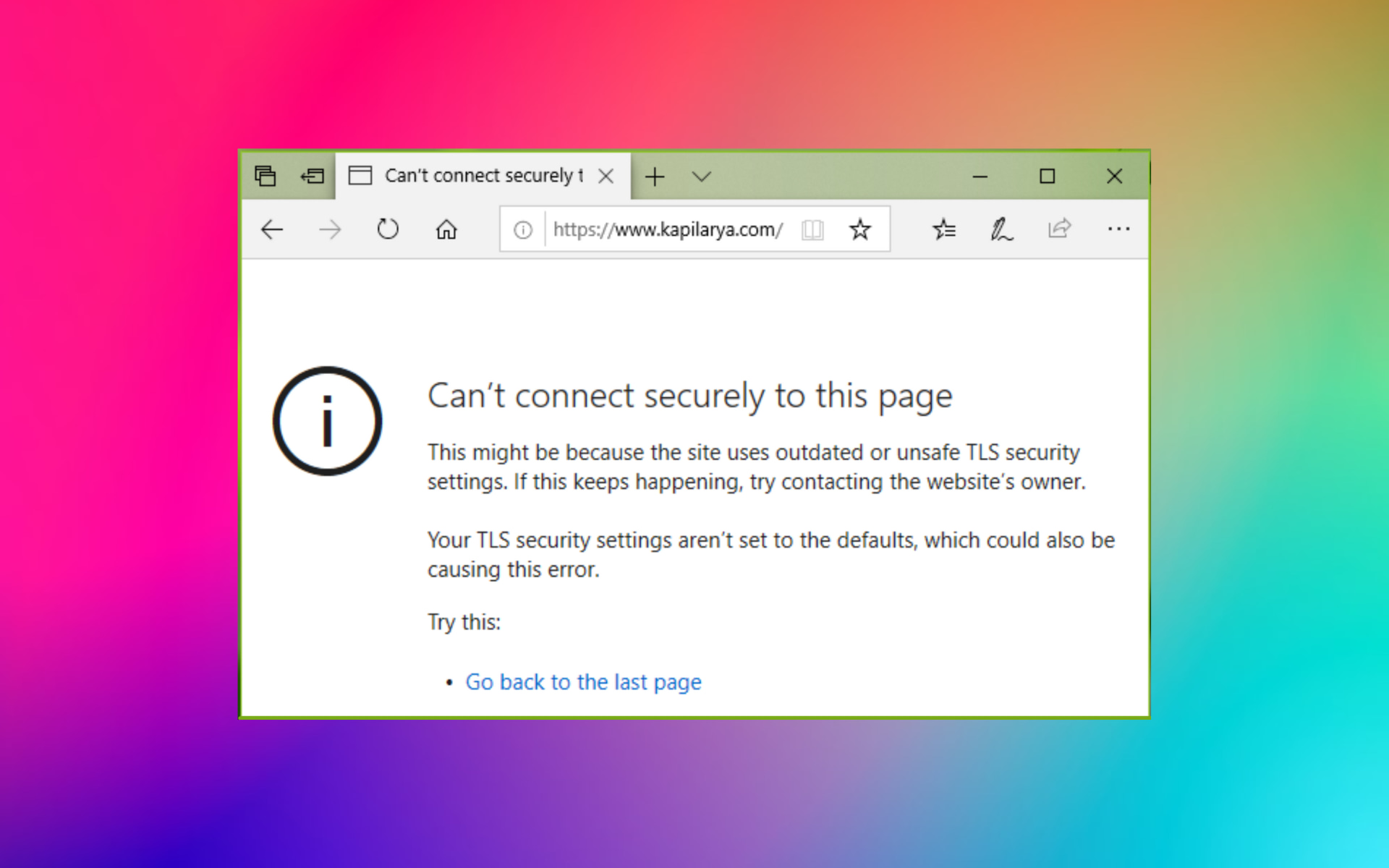Ever wondered how you can connect devices securely without compromising your privacy or data? In today's interconnected world, cybersecurity has become a top priority for everyone. Whether you're setting up a smart home, connecting your phone to a laptop, or accessing work files remotely, ensuring secure connections is crucial. This guide will walk you through everything you need to know about connecting devices securely.
Let's be honest, the internet can be a scary place. Hackers are lurking around every corner, and data breaches are becoming more common than ever. But don't panic! With the right tools and knowledge, you can protect yourself and your devices from cyber threats. This article is here to help you understand the importance of secure connections and provide practical tips to keep your digital life safe.
We'll dive deep into the world of cybersecurity, covering everything from encryption protocols to secure network configurations. By the end of this guide, you'll have the confidence and skills to connect devices securely, no matter what you're doing online. So, buckle up and let's get started!
- Bolly4u Fix Your Ultimate Guide To Bollywood Movie Streaming
- Junko Furuta Case Killers Now A Dark Chapter Unveiled
Why Is Secure Device Connection Important?
Before we jump into the nitty-gritty details, let's talk about why connecting devices securely is so important. In a world where almost everything is connected to the internet, the risk of cyberattacks has skyrocketed. Hackers are always on the lookout for vulnerabilities, and if your devices aren't properly secured, you could become an easy target.
Think about it – your smartphone, laptop, smartwatch, and even your smart fridge are all potential entry points for cybercriminals. If they manage to breach one device, they could gain access to your personal information, financial data, and even your home security systems. That's why it's essential to prioritize security when connecting devices.
Understanding the Basics of Secure Connections
Now that you know why secure connections matter, let's break down the basics. A secure connection involves using encryption, strong passwords, and secure protocols to protect your data while it's being transmitted between devices. Here are a few key concepts to keep in mind:
- Aditi Mistry Viral Video Scandal Ndash The Truth Behind The Headlines
- Melanie Olmstead A Rising Star In The Entertainment Industry
- Encryption: This is the process of converting data into a code to prevent unauthorized access. It ensures that even if someone intercepts your data, they won't be able to read it without the decryption key.
- Authentication: This involves verifying the identity of devices and users to ensure that only authorized parties can access your network.
- Firewalls: These act as a barrier between your devices and the internet, blocking unauthorized access and protecting your network from potential threats.
By understanding these fundamental concepts, you'll be better equipped to set up secure connections for your devices.
Steps to Connect Devices Securely
Ready to get started? Here's a step-by-step guide to help you connect devices securely:
Step 1: Use Strong Passwords
One of the easiest ways to enhance security is by using strong, unique passwords for all your devices and accounts. Avoid using common phrases or easily guessable information like your birthdate or pet's name. Instead, opt for a combination of uppercase and lowercase letters, numbers, and special characters.
Step 2: Enable Encryption
Encryption is your best friend when it comes to securing your connections. Make sure to enable encryption on your Wi-Fi network and any devices that support it. WPA3 is the latest and most secure encryption protocol, so use it whenever possible.
Step 3: Update Your Software Regularly
Software updates often include important security patches that protect your devices from vulnerabilities. Set your devices to automatically update so you never miss a crucial update.
Step 4: Use a Virtual Private Network (VPN)
A VPN creates a secure tunnel between your device and the internet, encrypting your data and keeping it safe from prying eyes. This is especially important when using public Wi-Fi networks, which are often unsecured.
Best Practices for Securing Your Network
Now that you know the basic steps, let's talk about some best practices for securing your network:
- Change your router's default login credentials to something more secure.
- Disable remote management features unless absolutely necessary.
- Set up a guest network for visitors to prevent them from accessing your main network.
- Monitor your network regularly for any suspicious activity.
By following these best practices, you'll significantly reduce the risk of unauthorized access to your network.
Common Threats to Secure Connections
It's important to be aware of the common threats that can compromise your secure connections. Some of the most prevalent threats include:
- Malware: Software designed to harm your devices or steal your data.
- Phishing: Scammers pretending to be legitimate organizations to trick you into revealing sensitive information.
- Man-in-the-Middle Attacks: Hackers intercepting and altering communications between devices.
By staying informed about these threats, you'll be better prepared to protect yourself and your devices.
Tools and Technologies for Secure Connections
There are several tools and technologies available to help you connect devices securely. Here are a few worth considering:
Antivirus Software
Antivirus programs protect your devices from malware and other cyber threats. Make sure to choose a reputable antivirus solution and keep it updated regularly.
Firewalls
As mentioned earlier, firewalls act as a barrier between your devices and the internet. Most modern operating systems come with built-in firewalls, but you can also install third-party solutions for added protection.
Authentication Methods
Two-factor authentication (2FA) adds an extra layer of security by requiring a second form of verification in addition to your password. This could be a code sent to your phone or generated by an authentication app.
Data Privacy and Secure Connections
Data privacy is closely tied to secure connections. When you connect devices securely, you're also protecting your personal information from being exposed to unauthorized parties. Here are a few tips to enhance your data privacy:
- Be cautious about the information you share online.
- Regularly review and update your privacy settings on social media and other online platforms.
- Use encrypted messaging apps for private conversations.
By prioritizing data privacy, you'll ensure that your personal information remains safe and secure.
Case Studies: Real-Life Examples of Secure Connections
To give you a better understanding of how secure connections work in practice, let's look at a few real-life examples:
Example 1: A Small Business
A small business owner wanted to ensure that her employees could work securely from home. She implemented a combination of strong passwords, encryption, and a VPN, allowing her team to access company files without compromising security.
Example 2: A Smart Home
A family with a smart home setup wanted to protect their devices from potential cyber threats. They enabled encryption on their Wi-Fi network, updated their software regularly, and used a firewall to secure their network.
These examples demonstrate how simple yet effective measures can make a big difference in securing your connections.
Future Trends in Secure Connections
As technology continues to evolve, so do the methods for securing connections. Here are a few trends to watch out for:
- Quantum Encryption: This cutting-edge technology promises to revolutionize data security by making it nearly impossible to crack encrypted messages.
- AI-Powered Security: Artificial intelligence is being used to detect and respond to threats in real-time, enhancing overall security.
- Zero-Trust Architecture: This approach assumes that no device or user can be trusted by default, requiring continuous verification to ensure security.
By staying informed about these trends, you'll be well-prepared for the future of secure connections.
Conclusion: Take Action Today
Connecting devices securely doesn't have to be complicated. By following the steps and best practices outlined in this guide, you can protect your devices and data from potential threats. Remember, cybersecurity is an ongoing process, so make sure to stay vigilant and adapt to new challenges as they arise.
So, what are you waiting for? Start implementing these tips today and take control of your digital security. Don't forget to share this article with your friends and family to help them stay safe online too. Together, we can create a more secure digital world!
Table of Contents
- Why Is Secure Device Connection Important?
- Understanding the Basics of Secure Connections
- Steps to Connect Devices Securely
- Best Practices for Securing Your Network
- Common Threats to Secure Connections
- Tools and Technologies for Secure Connections
- Data Privacy and Secure Connections
- Case Studies: Real-Life Examples of Secure Connections
- Future Trends in Secure Connections
- Conclusion: Take Action Today
- Aditi Mishra Nude Video Unveiling The Truth Behind The Viral Sensation
- Malissa Rauch Nudes The Truth Behind The Clickbait And What You Should Know

![Can't connect securely to this page [ERROR FIXED] Browser Guides](https://cdn.windowsreport.com/wp-content/uploads/2018/07/Cant-connect-securely-to-this-page.jpg)
